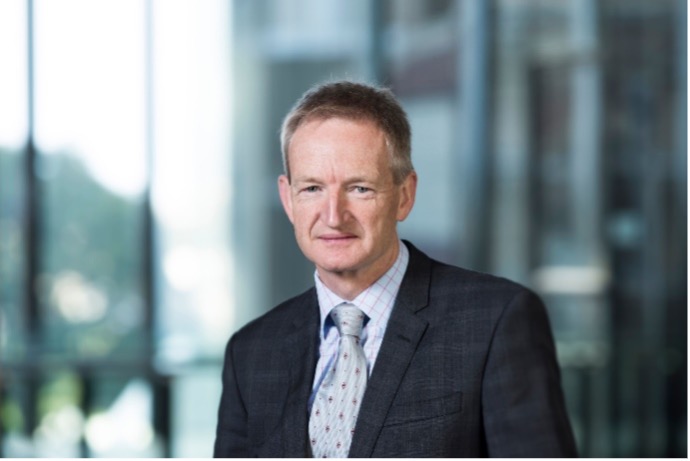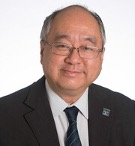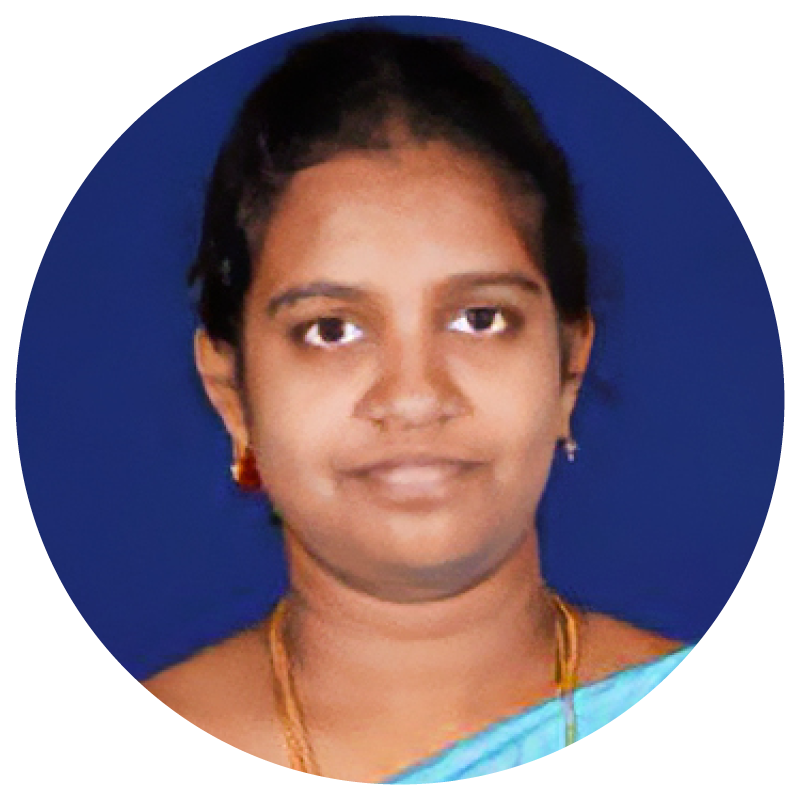The medal was first awarded in 1935 and perpetuates the memory of Sir Robert Chapman, a former Professor of Engineering at the University of Adelaide and a member of the inaugural Council of the Institution. He was Chairman of the former Adelaide Division in 1920 and was President of the Institution in 1922.

The Medal is awarded for the best paper in the structural field, published in an Australian Journal (but with special consideration to the Internationally recognised Australian Journal of Structural Engineering) in the previous calendar year. It must also satisfy the award criteria.
The winner receives a framed medal and is presented at a special meeting or function of the College selected as appropriate by the Board of the College of Structural Engineering.
For the paper:
Published in the Australian Journal of Structural Engineering
Volume 22, 2021 – Issue 3
Abstract:
Displacement-based methods, such as a non-linear static pushover analysis (e.g. the capacity spectrum method), have many advantages compared to traditional force-based design methods. However, implementing a non-linear analysis and design method in accordance with the Australian Standard for concrete structures (AS 3600) introduces many difficult technical issues into the design, of which the standard provides little guidance. The aim of this study is to provide a framework and general guidance for designers who wish to perform non-linear displacement-based analysis methods for RC wall buildings. The paper will present how these methods can be used in accordance with the Australian Standard for earthquake actions (AS 1170.4) to assess seismic compliance and then provide recommendations for the requirements stipulated by AS 3600, which includes an experimentally validated tension stiffening model, nonlinear stress-strain material curves, mean material properties and material strain limits. The paper is concluded with a case study example of how a displacement-based seismic assessment can be performed using a typical case study building.

Scott J. Menegon is a Research Fellow at Swinburne University of Technology and a Senior Structural Engineer at the national consulting engineering firm Wallbridge Gilbert Aztec (WGA). Scott is also a Group Technical Lead at WGA with a focus on innovation and technical development. He received his BEng (Hons) from Queensland University of Technology; MEngStruct from the University of Melbourne; and PhD from Swinburne University of Technology. His primary research interests include reinforced concrete; precast concrete; earthquake engineering; and collision actions. Scott is a member of the seismic sub-committee for AS 3600 and his research contributions to seismic design in Australia were recently recognised through being awarded the 2019 RW Chapman Medal from Engineers Australia.

Hing-Ho Tsang is an Associate Professor at Swinburne University of Technology, Melbourne, Australia. He received his BEng (Hons) and PhD from the University of Hong Kong. His research and engagement works have contributed to the 2018 Amendment of AS 1170.4, as well as the development of seismic design codes respectively for Hong Kong, China and Malaysia. Hing-Ho’s research interests include structural design and protective technology for extreme events.

John L. Wilson is a Professor, Deputy Vice-Chancellor and Chief Executive Officer of Swinburne Sarawak, Malaysia. He received his BEng (Hons) from Monash University; MSc from the University of California, Berkeley; and PhD from the University of Melbourne. John is the chairman of BD6/11, the committee responsible for AS 1170.4. John’s research interests are focused on earthquake engineering with a particular emphasis on the seismic performance of limited ductile RC columns and walls.

Nelson T. K. Lam is a Professor of Civil Engineering at the University of Melbourne, Australia. He received his BSc from the University of Leeds; MSc from Imperial College of Science & Technology; and PhD from the University of Melbourne. Nelson is a member of BD6/11, the committee responsible for AS 1170.4, and an international advisor to the drafting of the Malaysian National Annex to Eurocode 8. Nelson’s research interests include the behaviour of RC buildings in lower seismic regions, ground motion analysis, structural dynamics and impact dynamics.
P Mahakavi & R Chitra
Paper published in the Australian Journal of Structural Engineering Volume 21, 2020 – Issue 1

P. Mahakavi is a Research Scholar at the Department of Civil Engineering in Anna University, Chennai. In the last 4 years, his research has been focused on the development of structural concrete with waste materials such as foundry sand, Manufactured sand and Recycled Coarse aggregate in Self-Compacting Concrete. He earned his bachelor’s degree as a civil engineer at the Government College of Engineering, Tirunelveli and his master’s degree at the United Institute of Technology, Coimbatore. After having completed his education, he has worked as a site engineer in private companies in India and also has worked as an assistant professor in colleges.

R Chithra is an Assistant Professor in the Department of Civil Engineering at Government College of Technology, Coimbatore, India. She earned her bachelor’s degree in Civil Engineering from Government College of Engineering, Tirunelveli, India and her master’s degree from Thiagarajar College of Engineering, Madurai, India. She holds Doctoral degree from Anna University, Chennai, India. Her research projects focused on the development of Steel-Concrete Composite Beams, valorization of recycled waste materials in Self Compacting Concrete and Hybrid fiber Reinforced Engineered Cementitious Composites.